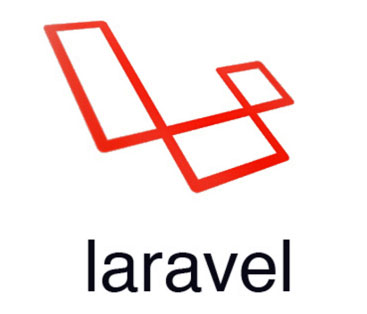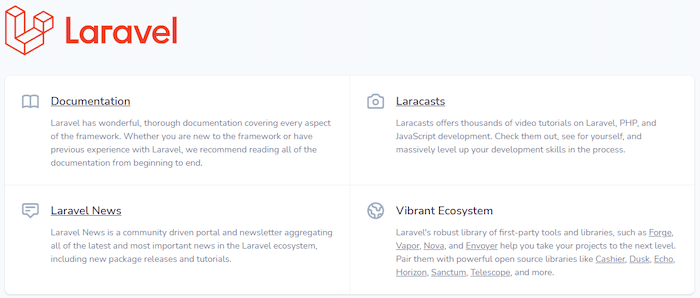How To Install Laravel on Rocky Linux 9

In this tutorial, we will show you how to install Laravel on Rocky Linux 9. For those of you who didn’t know, Laravel is a popular open-source PHP framework for developers looking to build modern web applications based on PHP. It provides a meaningful and creative syntax for simplifying common tasks such as authentication, routing, sessions, working with databases, and more.
This article assumes you have at least basic knowledge of Linux, know how to use the shell, and most importantly, you host your site on your own VPS. The installation is quite simple and assumes you are running in the root account, if not you may need to add ‘sudo‘ to the commands to get root privileges. I will show you the step-by-step installation of Laravel PHP Framework on Rocky Linux. 9.
Prerequisites
- A server running one of the following operating systems: Rocky Linux 9.
- It’s recommended that you use a fresh OS install to prevent any potential issues.
- SSH access to the server (or just open Terminal if you’re on a desktop).
- A
non-root sudo useror access to theroot user. We recommend acting as anon-root sudo user, however, as you can harm your system if you’re not careful when acting as the root.
Install Laravel on Rocky Linux 9
Step 1. The first step is to update your system to the latest version of the package list. To do so, run the following commands:
sudo dnf check-update sudo dnf install dnf-utils
Step 2. Add EPEL and REMI Repository.
Now we enable the Remi repository and enable the EPEL repository on Rocky Linux using the following command:
sudo dnf install https://dl.fedoraproject.org/pub/epel/epel-release-latest-9.noarch.rpm sudo dnf install https://dl.fedoraproject.org/pub/epel/epel-next-release-latest-9.noarch.rpm sudo dnf install http://rpms.remirepo.net/enterprise/remi-release-9.rpm
Next, enable PHP 8 Remi repository:
sudo dnf module list php sudo dnf module enable php:remi-8.1
Step 3. Installing PHP 8 on Rocky Linux 9.
Once Remi PHP 8.1 module is enabled, you can now install PHP 8.1 and commonly used PHP extensions as follows:
sudo dnf install php php-cli php-fpm php-gd php-curl php-zip php-mbstring php-opcache php-intl php-mysqlnd
Now verify by checking the PHP version:
php -v
Step 3. Installing PHP Composer.
Now we download and install PHP Composer by executing the following command:
curl -sS https://getcomposer.org/installer | php sudo mv composer.phar /usr/local/bin/composer sudo chmod +x /usr/local/bin/compose
Verify the Composer version with the following command:
composer -v
Step 4. Installing Laravel on Rocky Linux 9.
By default, Laravel is not available on Rocky Linux 9 base repository. So you will download and install Laravel Framework and dependent libraries by using the Composer command:
composer global require "laravel/installer"
Next, make the Laravel command executable from anywhere, you need to include this location in the PATH variable:
echo 'export PATH="$PATH:$HOME/.config/composer/vendor/bin"' >> ~/.bashrc
Now execute .bash_profile once to load these changes:
source ~/.bashrc
Once the installation is done, we can check this PHP framework is working on our system:
laravel
Step 5. Create Sample Laravel Project.
Now create a Laravel sample project using the Composer:
composer create-project laravel/laravel my-sample-app cd my-sample-app php artisan serve
Step 5. Configure Firewall.
Rocky Linux 9 comes with firewalld enabled by default, and it will block other connections from other computers that are trying to access our Laravel service. We must open the appropriate ports so that the Laravel resources can be accessed from other machines:
sudo firewall-cmd --permanent --add-port=8000/tcp sudo firewall-cmd --reload
Step 7. Accessing Laravel Web Interface.
Once successfully installed, open your web browser and access the Laravel Web UI using the URL http://your-IP-address:8000. You will be redirected to the following page:

Congratulations! You have successfully installed Laravel. Thanks for using this tutorial for installing Laravel PHP Framework on your Rocky Linux 9 system. For additional help or useful information, we recommend you check the official Laravel website.